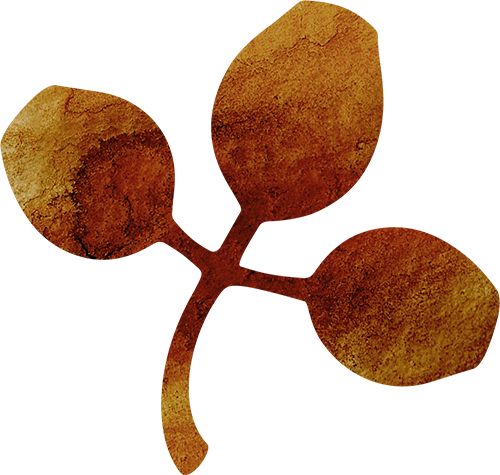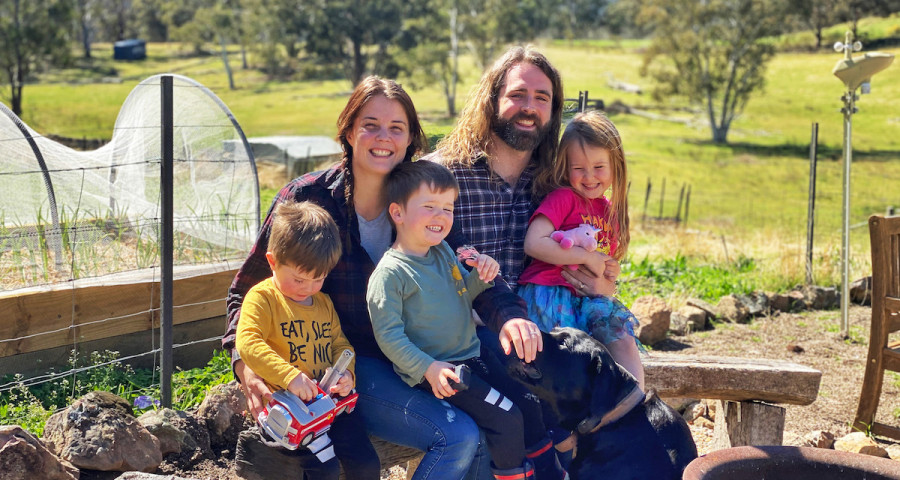Four days ago, we made the decision to sell our farm. On the day I am writing this, we looked at a house, made an offer, and had it accepted. I am experiencing a whirlwind of emotions. Not the least because for so long I was adamant that I would be on this farm until I died. Sometimes God has other plans.
This journey began approximately 12 years ago when a development education exposure trip had a profound impact on me and how I viewed my role as a Christian in the world, particularly in the context of climate change. I became convinced that I didn’t need to save the developing world from itself; rather, I needed to drastically reduce my own imprint on this world which impacts on poor markedly more than myself.
So we began in a small unit with a little balcony and a pot plant with some herbs.
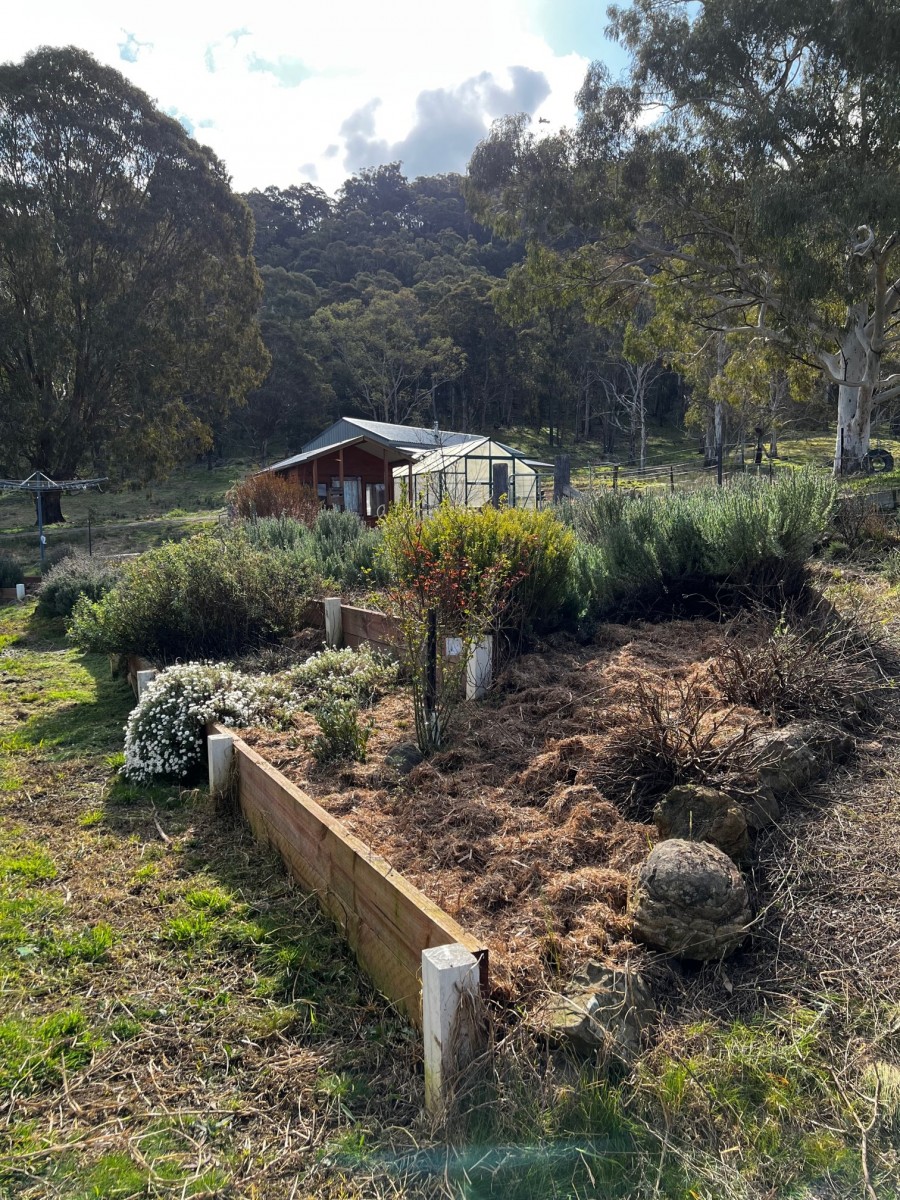 |
|
Milk and Honey Farm, NSW.
|
It was a rabbit hole: my husband and I delved into understanding food security, issues of climate change, food production, food miles, and living sustainably. Not long after our marriage, we moved to a unit in Sydney’s eastern suburbs. This had two balconies that were quite large. We proceeded to set up raised veggie beds and, to some family members’ horror, chickens. I lined one balcony with Astro Turf and bamboo screening and for a while we were able to keep it quite concealed what we were up to – that is until the “hen” started crowing.
Nevertheless, my desire to provide more for ourselves instead of relying on external inputs only grew and a few years later led us to a community house we shared with two other young people. Here, we converted the front yard into a vegetable garden and the backyard had chickens, ducks and bees. Around this time our first child arrived, which is always a time of reflection and planning for the future: what did we want her to learn about where food came from, and the labour that is put into producing food which is so easily forgotten when paying cash and leaving the vegetables to rot in the bottom of the crisper?
My desire strengthened further. When I found myself investigating how I was going to manage to fit miniature goats into my backyard, I knew we were ready for the next step. Long story short, this is how we ended up buying 45 acres two hours west of Sydney in the same week as my husband was made redundant for the first time and we found out we were expecting again, with twins.
 |
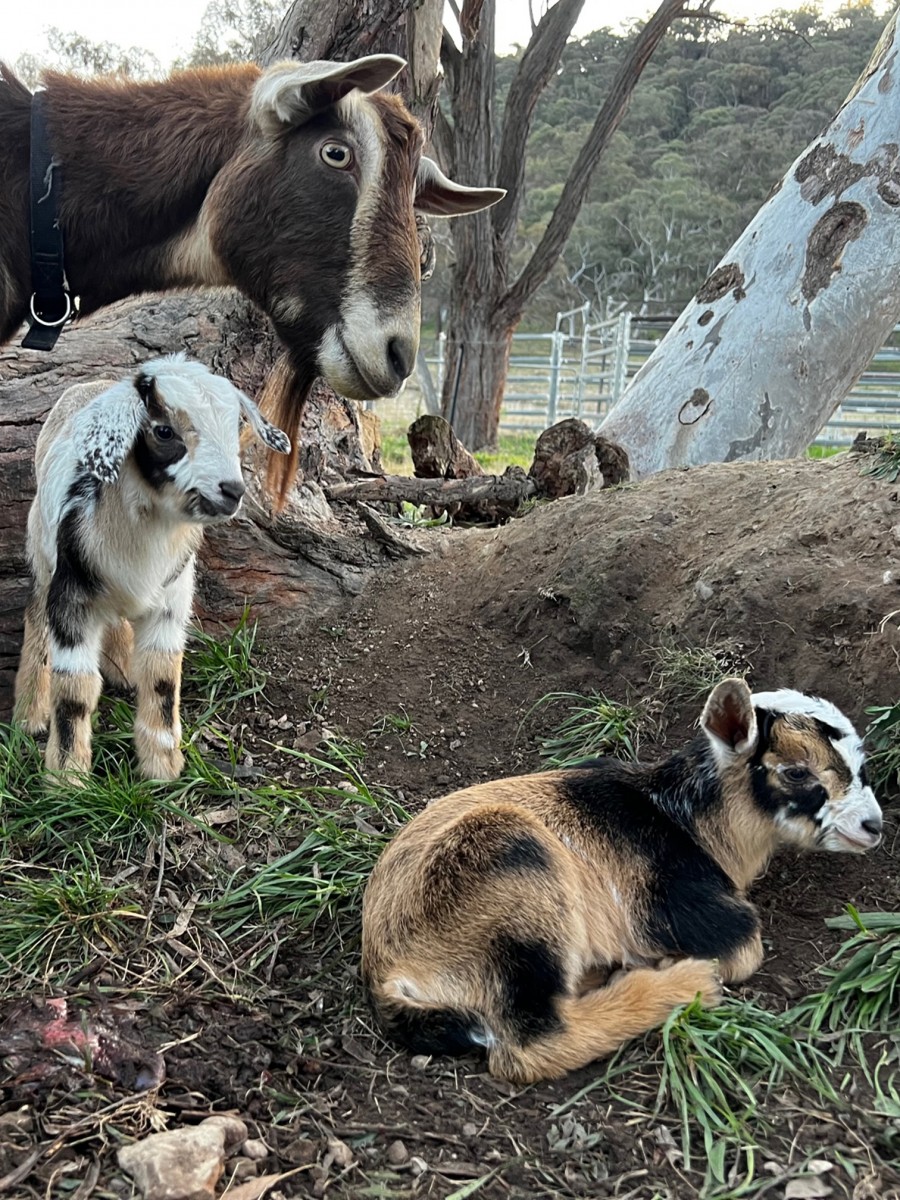 |
Farm life
The land we bought (and the reason it was affordable!) was a blank canvas: no services, nothing: just ten head of cattle. About one year into our marriage I showed my husband info on straw bale houses. “That’s nice” was the essence of his reply. Needless to say, I can be persistent. Next we found ourselves drawing up designs for a passive solar house and moving through the waves of council DA and building approvals.
We moved onto the farm in January 2018. During the build, I had purchased my first cows (two Jersey)and the projects began: milking stanchion, polytunnels, greenhouses, chicken coops, pig pens, breeding pigs, redoing pig pens (because pigs are strong!), and redoing chicken coops (because fox-proof isn’t ever fox-proof enough!).
In our first year on the farm we raised our own meat chickens, processed our first head of cattle for meat, and raised two litters of pigs as I experimented with making salami, prosciutto and bacon.
As a midwife, I have a thorough understanding of lactation, which became imperative given that over my milking journey I have spent four of the past five years milking either a cow, goat, or mixture of both every day.
I look back on all this and consider it a massive achievement: everything we have built and the education our children have received. But I also want to acknowledge some of the difficulties.
In 2019 we were in the height of the drought followed by evacuation and threat from the Gospers Mountain bushfire. I lost animals to heat stress, repeatedly discovered weaknesses in our fencing, and was called to find my animals on the street. Even while we were evacuated, I continued to travel back—with fire approaching daily—to feed and water animals and keep up with the farm chores.
When the drought broke, we felt like all our prayers were answered and the difficulties would be over. Instead, La Niña just broke us in another way. One week ago, we eventually concreted a 15-metre (think expensive!) section of our driveway because the ground water reached the surface and produced the purest clay that even four-wheel-drives couldn’t compete with. Maybe one day I will be able to look back on the videos of trucks being bogged with humour, but when you end up having to park 200 metres away from your house and cart children, bags, groceries etc. home, the weight of it all can be a bit much. My husband, particularly, has found the life of working from home on a farm with little external contact challenging to his mental health.
Over the past 12-24 months, I have transitioned from working for NSW Health to working as an independent midwife doing mainly homebirth: it’s a job I absolutely love. In the process of setting up the business, it has been both fulfilling and successful in all the different ways you could define such things,. but importantly it has left me without time.
I had a client mention to me recently that I must be like Hermione in Harry Potter and I need a time-travelling device to help me be able to re-live particular periods of time so I can fit it all in.
Needless to say, the farm suffers when there are two adults working, three children to organise, and sometimes in the deepest of nights, getting home knowing I needed to go and feed the pigs or milk the goat or cow.
I have learned to train a heifer to be milked, and I have cried over spilt milk (many times). I have had a beautiful cow think I am her calf and provide our family with litres and litres of milk. I have learned that livestock die—sometimes frequently—for a variety of reasons and there isn’t much you can do about it. You shrug and say “farm life” and move on.
I have watched water tanks get to within centimetres of being empty and months later watched them overflow, and the water wash the driveway away in the process.
I have enjoyed the beauty of a meal that is (almost) entirely home-grown (lasagna where the beef, tomatoes, herbs, eggs in the pasta, and cheese was all sourced from our farm), but also the devastation when a gate is left open and you find a escaped goat feasting on a season’s supply.
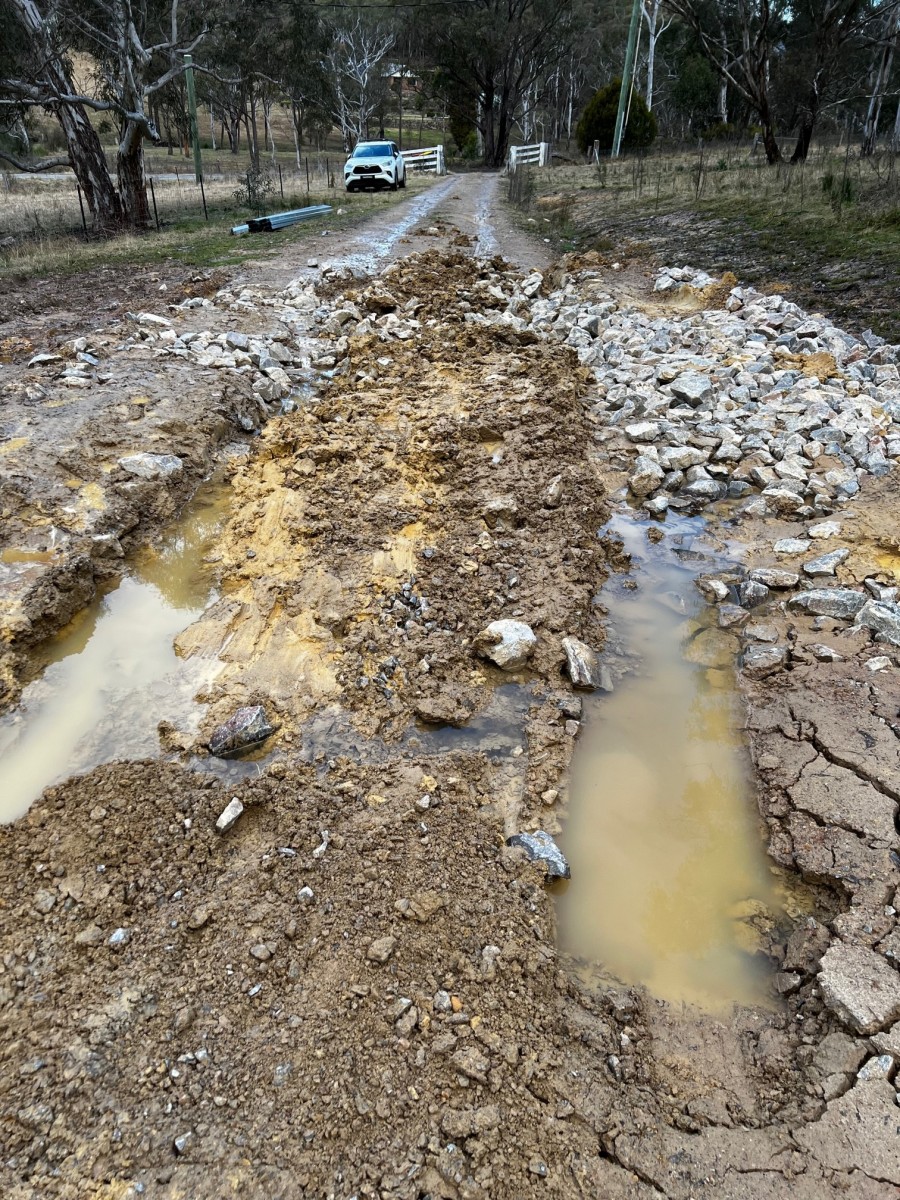 |
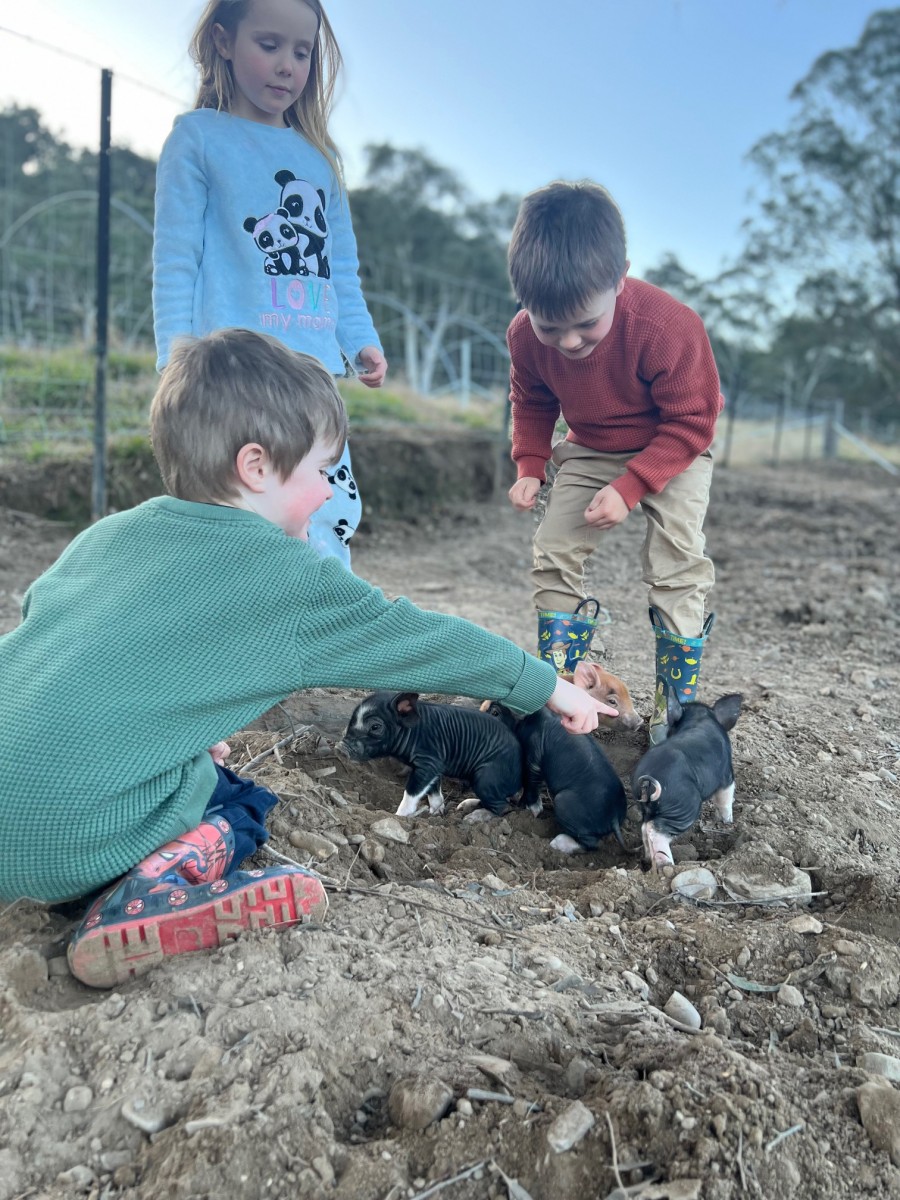 |
Sense and sustainability
But now to today. We have decided that the scale and distance of our current location is too much for us as working parents and have decided to relocate to an area which reduces our travel time and greatly increases our social supports. We will still have an oversized backyard: space for goats, vegetable gardens, bees, and chickens, but on a smaller scale and in a less demanding way.
I have learned a lot about animals, farming, gardening, drought, fire, flood, as well as myself and my resilience and weaknesses over the past five years.
I do not view leaving here as a failure because I don’t think I would have ever been content until I experienced this lifestyle myself, but I also look forward to hopefully finding a balance in the future that is not just sustainable for the Earth but also my family.
Through it all, I’ve learned you can live sustainably anywhere from a unit to an acreage and everything in between. I often felt like I couldn’t ask others (ie. MPs) to do things about climate change unless I had my own lifestyle completely in check, but I am one person and none of us can do this alone.
So I am going to settle into a smaller-scale form of this lifestyle that I love and become more reliant on some of the systems around me, because the aim isn’t to live independently of each other, but with each other, in a way that can benefit the Earth.
Ashlee is a wife, mother, and homebirth midwife. A milker of cows and goats, keeper of bees, sheep, dogs, pigs, experimental gardener and salami maker who’s putting one foot in front of the other, figuring out how to live a slow, resilient lifestyle whilst living and working in the crazy on-call world that is being “with women.”
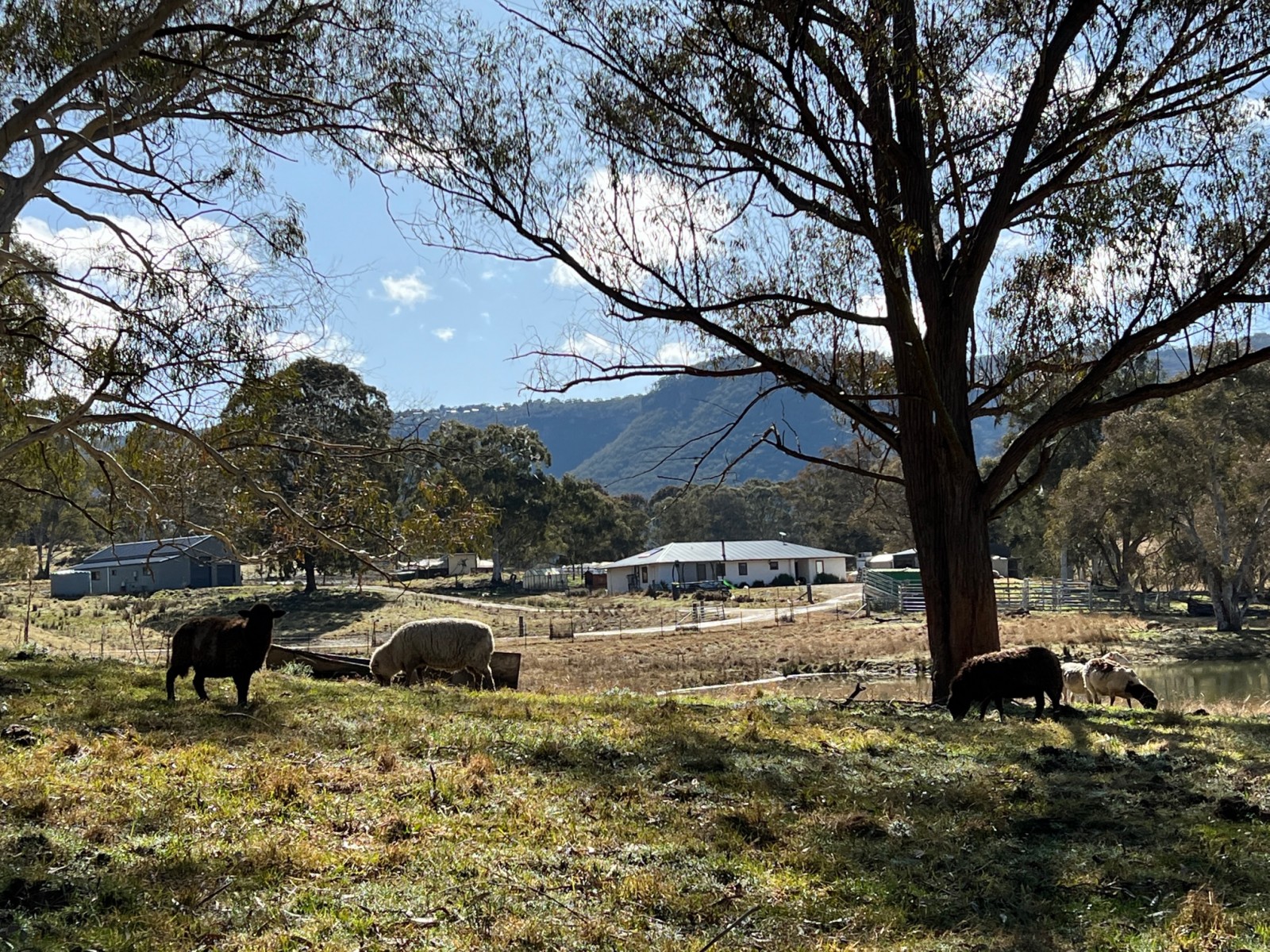 |
|
|
